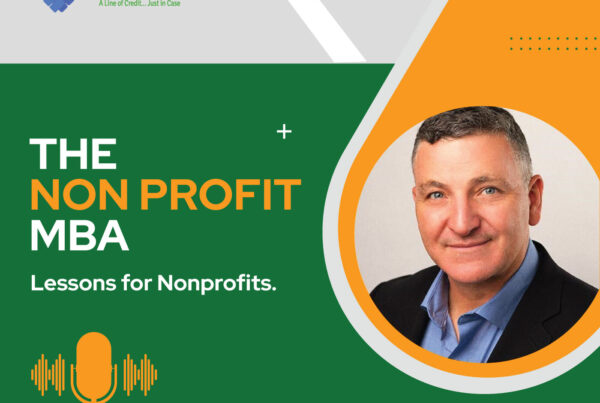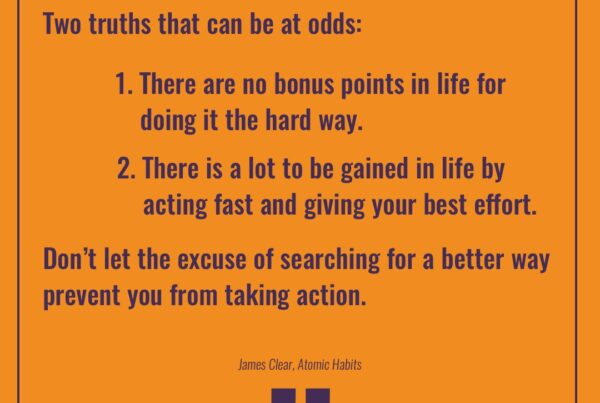Quickly, can you share with me where your organization is right now in meeting your annual fundraising goals? Does your board chair, CEO, and do YOU know what the current funding gap is for your organization? How often do you share those money details with your community?
I define the funding gap as the amount of money you have to raise from the community each year: OR the difference between the annual budget and the sources of funding you can absolutely count on, like grants, that you’ve already been approved for, United Way support, government funding, fees for service, etc.
Why share this information regularly?
If your community is not certain you need more of their time, dollars, advice, contacts, whatever it is that is missing – they may in fact, go elsewhere.
As marketing guru and author Seth Godin says, “nonprofits sell feeling good.”

Your supporter community wants to feel like they are helping you do something you could not do without them. But the key here is: They have to KNOW what it is you want them to do. In September 2010 my post: Powerful Message from Your CEO outlined 5 key suggestions for sharing your funding gap.
CEOs who shy away from talking about the money, the funding gap, and that there is much more to do, are often stuck on the feeling that talking about what you need more of will cause people to think the organization is not run well. I believe the exact opposite. When you are transparent about costs, goals, and the impact of a gift, you build a stronger and more committed supporter community. Sharing this information though, can’t be boring and full of charts and graphs. It has to be shared with examples of compelling stories about real people.
In my ebook Nine Steps to Successful Fundraising Campaigns, step # 7 is to keep the money conversation visible: in print, on your website, via multiple forms of communication to allow transparency and encourage widespread participation.
When you keep all eyes on the goal, OTHERS will help you reach it.
I recommend organizations and especially the CEO of an organization, share the progress on their annual fundraising goals, i.e. the funding gap, often, in fun, interesting ways throughout the year. Don’t wait until the final days of the year to scurry and beg for support.
Breaking your annual goal into smaller, bite-size “mini-campaigns” can also make it easier for supporters to want to take action and possibly make more than one contribution a year. What does it cost per seat for your organization to put on a wonderful theater or music performance? Share that. Or what does it cost per child to ensure they are going to graduate from high school and venture out into the world prepared for college or their first job? Share that.
Humanize the funding gap with stories of real people who will be impacted by meeting or not meeting your goal.
Compel your supporters with the impact of what you CAN do more of to help real people AND share where you are at in the race to reach your goals. I promise this sort of clear communication will generate surprising results.






